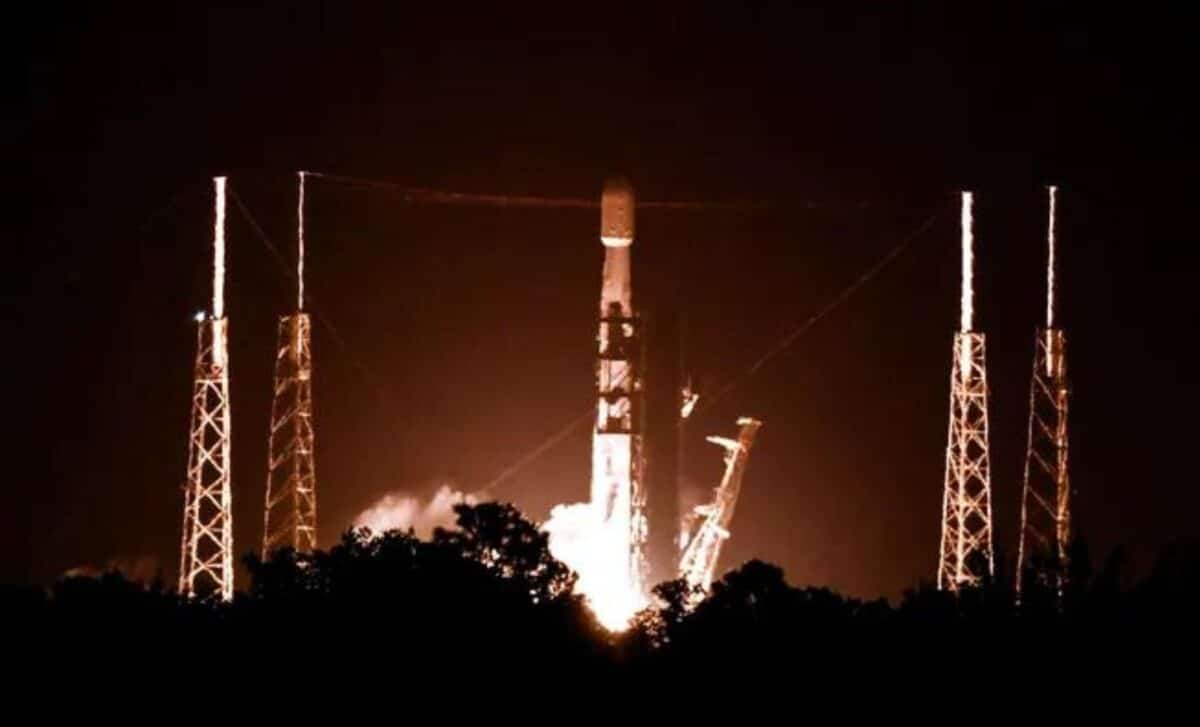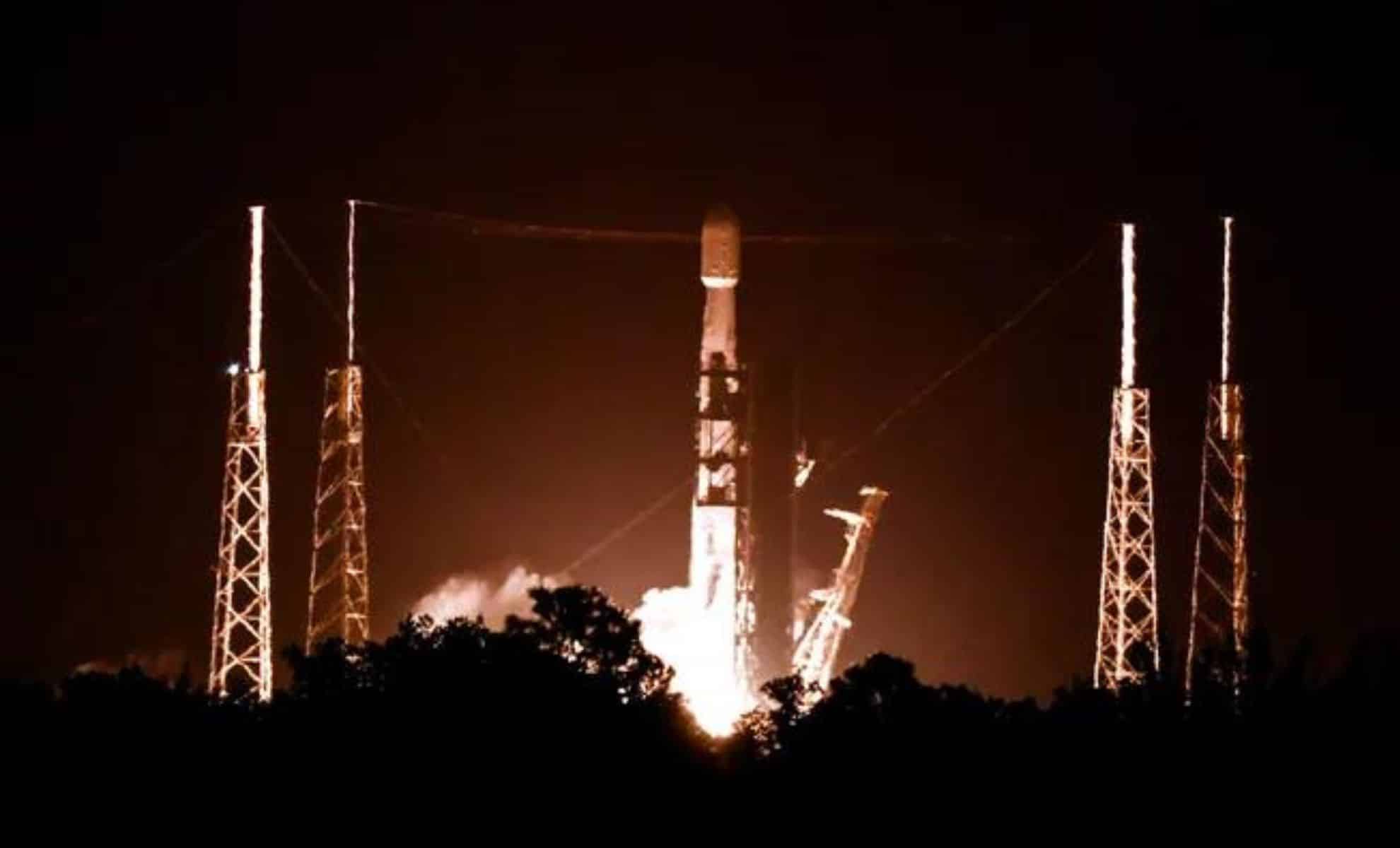SpaceX's Falcon 9 rocket has received clearance to resume flights after the Federal Aviation Administration (FAA) temporarily grounded the vehicle due to a booster failure during a recent landing attempt.
The FAA's decision to allow the rocket to return to flight comes amid an ongoing investigation into the incident, which occurred on August 28 when part of the Falcon 9 booster exploded upon attempting to land.
Despite this setback, the Falcon 9 remains the world's most prolific rocket, with an impressive track record of successful missions. The swift resolution of this issue underscores both the efficiency of SpaceX's operations and the thoroughness of regulatory oversight.
FAA Clears Falcon 9 Amid Ongoing Investigations
The grounding was initiated as a safety precaution while the FAA began its investigation into what caused the booster to fail during the landing. The agency emphasized that the Falcon 9 could return to flight operations "while the overall investigation of the anomaly during [Wednesday’s] mission remains open, provided all other license requirements are met." This clearance is particularly significant as it allows SpaceX to continue its launch schedule without significant delays, which is crucial given the high-profile missions on the horizon. The Falcon 9’s clearance by the FAA after just two days demonstrates the confidence that both the regulatory body and SpaceX have in the vehicle’s overall safety and reliability, even as investigations continue into specific incidents.
High-Profile Missions on the Horizon
SpaceX is now preparing for two pivotal missions, both of which highlight the company’s leading role in both commercial spaceflight and international space exploration. The first mission, known as Polaris Dawn, will carry a crew of civilian space travelers on an ambitious journey that includes attempting the first-ever commercial spacewalk. This mission, originally delayed due to a ground systems issue and forecasts of inclement weather, is a significant milestone in the broader push toward making space more accessible to private individuals. The successful execution of this mission would not only be a triumph for SpaceX but also a landmark achievement in the commercialization of space.
The second mission involves the launch of two NASA astronauts to the International Space Station (ISS) as part of the Crew-9 mission. This mission is particularly important as it represents a critical component of NASA’s ongoing operations on the ISS, where the rotation of crew members is essential for maintaining the station’s functionality and supporting ongoing scientific research. The Crew-9 mission, scheduled to launch as soon as late September, will also play a key role in the broader timeline of space missions, as it is expected to facilitate the eventual return of Boeing Starliner’s test flight crew in 2025. These missions, though distinct in their objectives, both underscore SpaceX’s indispensable role in current and future space exploration efforts.
Record-Breaking Launch Turnaround
The return to flight also allowed SpaceX to set a new operational milestone, with a record-breaking turnaround between launches. On August 31, just days after the FAA lifted the grounding order, SpaceX successfully launched 21 Starlink satellites aboard a Falcon 9 rocket from Vandenberg Space Force Base in California. This launch not only marked a continuation of SpaceX’s ambitious Starlink program, which aims to provide global internet coverage via a constellation of low Earth orbit satellites, but it also demonstrated the company’s unmatched ability to maintain a high launch cadence. The turnaround time between this Starlink mission and the previous launch—just over one hour—set a new record for SpaceX, highlighting the efficiency and reliability of its operations.
The Falcon 9 first stage booster used in this mission, identified as B1081, had already flown eight times before this latest launch. Its previous missions included the Crew-7 astronaut mission to the ISS, the launch of two climate-related spacecraft (PACE and EarthCARE), and a national security mission for the National Reconnaissance Office. Despite the recent landing anomaly, the booster successfully completed its ninth flight and landed on the droneship "Of Course I Still Love You," stationed in the Pacific Ocean. This successful recovery marked the 99th landing on this particular droneship and the 342nd successful booster landing overall for SpaceX, a testament to the company’s pioneering efforts in reusable rocket technology.
Ongoing FAA Investigations
The FAA's investigation into the August 28 booster landing failure is not the only ongoing inquiry into the Falcon 9's recent performance. A separate incident in July involved the rocket’s upper stage failing mid-flight, resulting in a mission failure. This failure, attributed to an oxygen leak during the flight of the rocket’s second stage, led to what SpaceX CEO Elon Musk described as an “RUD” or "rapid unscheduled disassembly"—a term the company uses to refer to an explosion. Despite these incidents, the Falcon 9’s overall reliability remains robust, with hundreds of successful flights that have gone off without any issues. The ongoing investigations by the FAA are crucial for ensuring that any potential problems are thoroughly addressed, thereby maintaining the safety and reliability standards that have come to define SpaceX’s operations.




